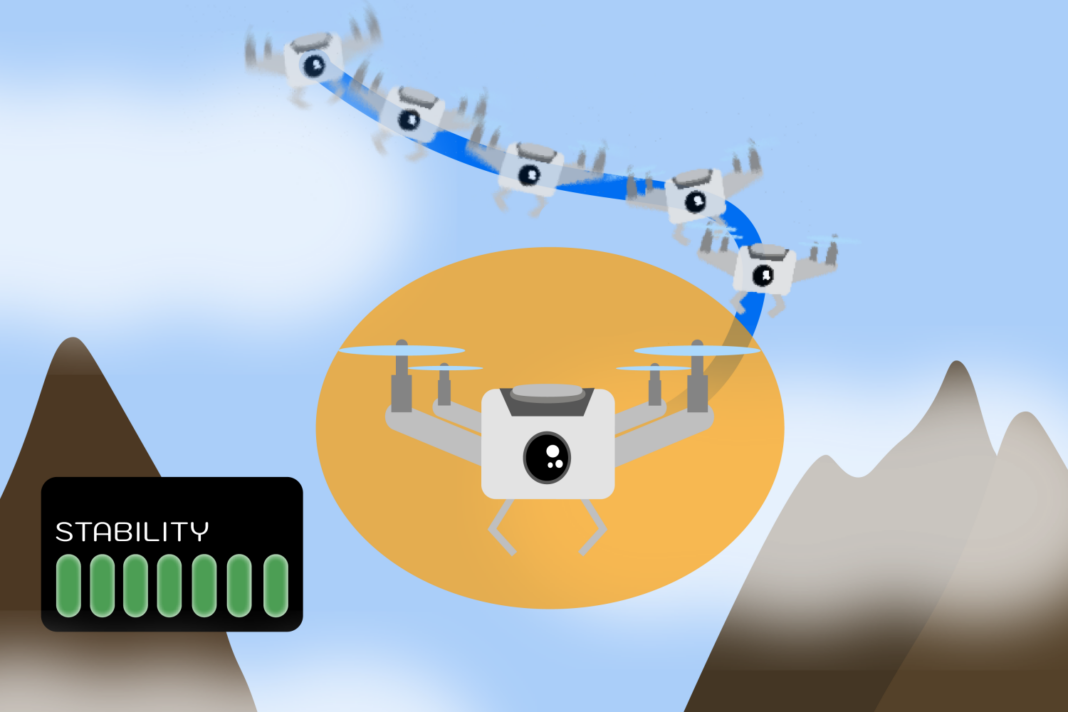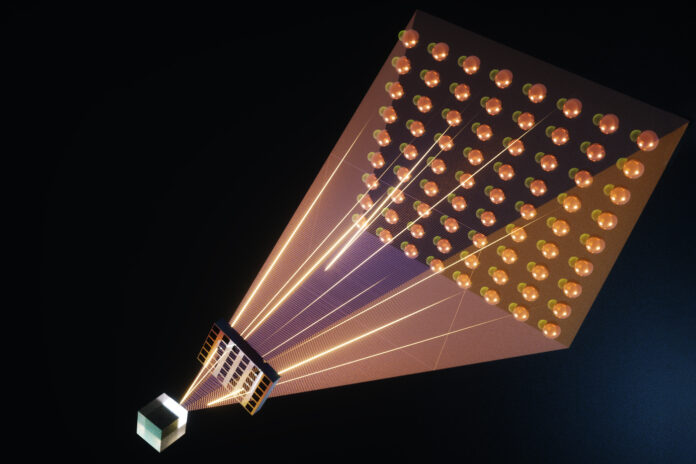In Short:
Neural networks have revolutionized controller design for robots, making them more adaptable and efficient. However, ensuring the safety of robots powered by neural networks is a challenge. Researchers at MIT have developed new techniques to certify safety and stability for complex robotic systems. Their approach includes efficient searching for Lyapunov functions to provide stability guarantees, potentially enabling safer deployment of robots and autonomous vehicles in various conditions.
MIT Researchers Develop New Technique for Neural Network Verification in Robotic Systems
Neural networks have revolutionized the way engineers design controllers for robots, leading to more adaptive and efficient machines. However, these complex machine-learning systems come with challenges in ensuring the safety and stability of robotic operations.
Rigorous Verification of Lyapunov Calculations
MIT’s Computer Science and Artificial Intelligence Laboratory (CSAIL) researchers have developed new techniques to certify Lyapunov calculations in complex systems. By efficiently searching for and verifying a Lyapunov function, this approach provides stability guarantees for robots and autonomous vehicles, including aircraft and spacecraft.
Improved Algorithm and Verification Process
The researchers optimized the training and verification process by generating cheaper counterexamples and then enhancing the robotic system to handle challenging situations. This novel verification approach enables the use of a scalable neural network verifier, α,β-CROWN, to provide rigorous worst-case scenario guarantees.
Impact and Applications
This work bridges the gap between high-performance neural network controllers and the safety guarantees required for real-world deployment. The stability approach developed by the researchers has broad applications in ensuring the safety of autonomous vehicles, drones, and more.
Future Directions
The team aims to enhance the technique for systems with higher dimensions and diverse data inputs beyond lidar readings. They also plan to extend the method to optimization problems and real-world machines like humanoids.
Collaborators and Funding
The research was led by MIT’s electrical engineering and computer science (EECS) PhD student Lujie Yang and Toyota Research Institute researcher Hongkai Dai. Collaborators include researchers from other institutions, and the project received support from various organizations.
Presentation and Recognition
The researchers’ paper will be presented at the 2024 International Conference on Machine Learning, showcasing the significant advancements in neural network verification for robotics systems.





